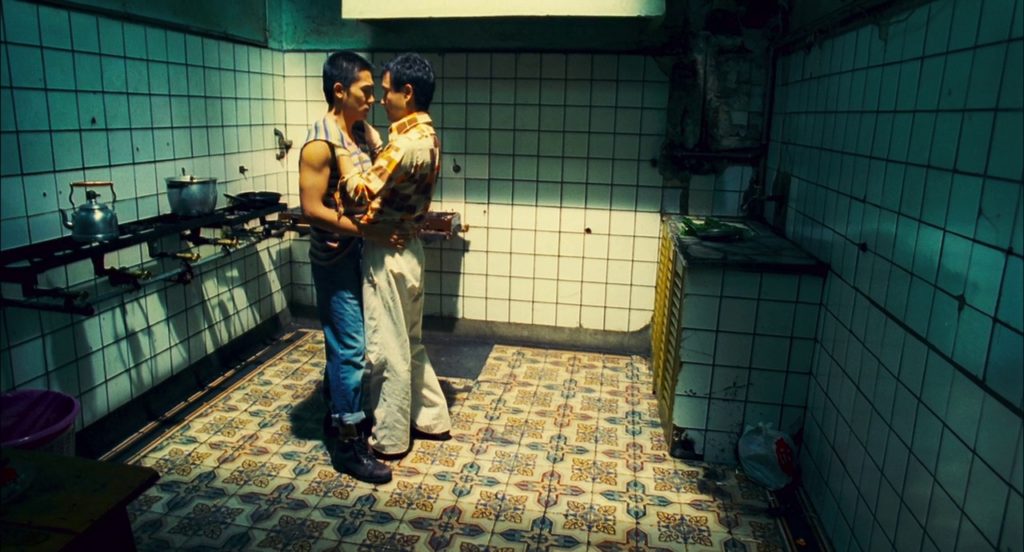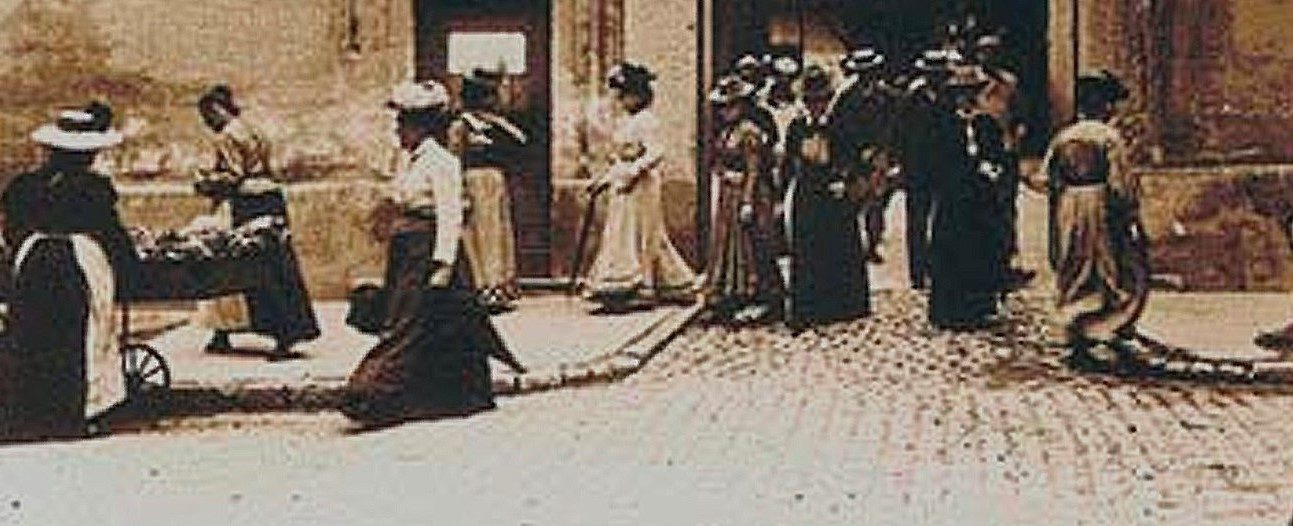Hong Kong, 1997
Directed by Wong Kar-wai
With Tony Leung Chiu-wai (Lai Yu-fai), Leslie Leung (Ho Po-wing), Chen Chang (Chang)

What happens when love ends? Souls are wandering between drifting away and repeating the game, wary of the next move that could be a step too far either in the direction of a renewed commitment or in the direction of the final separation. Then the game stops, and the quitter sails to the end of the world, just to forget or to mourn.
This is the story of the film which takes place in Argentina and features a Chinese gay couple, a rather unusual move then for the Chinese cinema (though Ang Lee did deal with the topic with his 1993 film “Xi yan – The Wedding Banquet”). It is told by the voice of one of the lovers, the one who eventually decides to call it quit and to move back to Hong Kong, Lai Yu-fai. The camera is focused on him most of the time as he struggles to make a living in Buenos Aires even as he doesn’t speak Spanish and above all as he can’t find the best way to deal with his feisty and moody partner, Ho Po-wing. Their fraught relationship is depicted with uncompromising frankness and roughness from the opening scene showing them having sex to the harrowing bursts of tears that usually follow their quarrels.
The two actors put demanding and startling performances but they succeed in conveying the complex feelings moving and renting apart their characters. Their work fits into a wider conception of the story by a director who is keenly searching for the best cinematographic effect so as to translate the sentiments of a love in crisis.
The first part, which introduces the characters and their problems, is shot in contrasted black and white while the second one, dealing with the forced cohabitation of the two lovers and the evolution of the narrator to his final journey is shot in highly saturated colors. Each time, sophisticated and out-of-center compositions dramatize the tension running between their bodies. A bold montage emphasizes the moments when characters just don’t know how to respond to each other or when their inner feelings come to the surface.
Yet this sophistication doesn’t warp the sense the audience can rightly fell of watching the real stuff, that is the love life of two people, happening genuinely, naturally, organically. The strength of the movie is to remain constantly focused on the sheer banality of a couple’s life, from the kitchen to the bedroom. The opening scene is not really a provocation in this regard: it claims as naturally as possible that this couple is like any other and it puts right away the audience within the circle the movie is going to investigate, the circle where the two lovers stay inside to get along as well as to fight or to dance or simply to talk at the table.
Another character later enters the circle: Chang is a fellow Chinese travelling around the world. He befriends the narrator, giving him the opportunity to express his sadness. An original idea he insists upon is that people are easier to understand when they are heard than when they are watched. This perspective seems to ignore all the visual effects displayed by the director but in fact the appearance of this character and his solitude helps the narrator to make up his mind and helps the film to move deeper in the examination of heartfelt feelings of loss and desire (with a scene around the use of a voice recorder that is amazingly emotional, devastating and really compelling).
“Chun gwong cha sit – Happy Together” is not really striking for its choice of gay lovers as lead characters (though this has put it on many lists of the best LGBT movies ever). The command of cinematographic effects Wong Kar-wai, then still a young filmmaker, shows is breathtaking and convincing. He narrates a love story with audacity and confidence and manages hands down to make all the feelings at play and life’s realities appear on the silver screen in full, graphic display. Their intensity and sincerity are obvious and the audience cannot be left untouched – or at least unconcerned. A motion picture becomes an emotions’ picture before our eyes.

